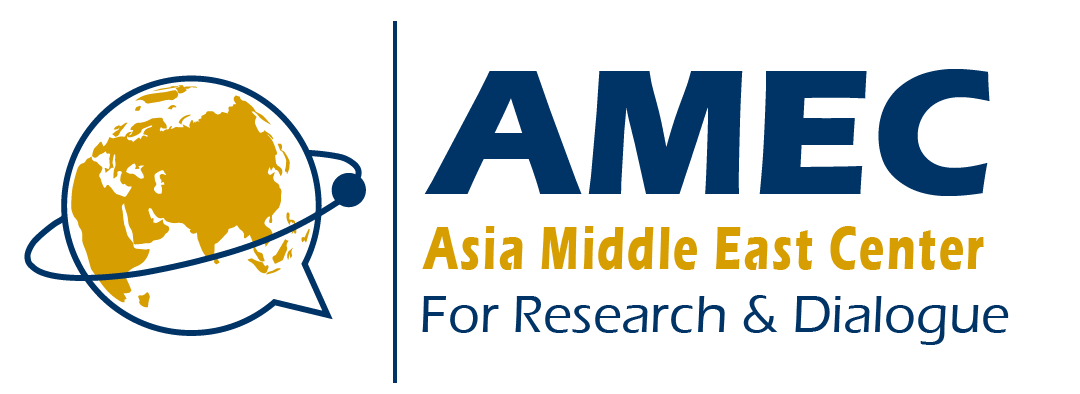Trade War: The Political Strategy Behind this Madness

The US trade war with the world—particularly China, Europe, Mexico, and Canada—has evolved into a weaponized economic policy under Trump, creating market instability and strategic uncertainty on a global scale. His cycle of tariff imposition, temporary halts, and renewed threats keeps both domestic and international markets in a state of flux, forcing businesses and governments to hedge against unpredictable US trade policies.
Trump’s “tariff diplomacy” follows a pattern:
- Announces or implements tariffs (e.g., on steel, aluminum, or tech products).
- Pauses or temporarily removes them (often as leverage in negotiations).
- Threatens new or higher tariffs if the opposing party does not comply with US demands.
- Repeats the cycle, ensuring continuous uncertainty.
This approach creates an unstable business environment where both American and international companies struggle to plan for the future, impacting global supply chains, investment strategies, and economic growth.
China: The US-China trade war has seen increased tariffs on Chinese exports (up to 25% on certain goods), forcing China to retaliate with countermeasures (higher tariffs on US agricultural products, tech restrictions). This disrupts global supply chains and accelerates China’s rise towards self-sufficiency in key industries.
Europe: The EU is caught in a balancing act—it needs the US for security but resents Trump’s trade aggression. His threats to impose tariffs on European car exports keep European policymakers on edge, pushing the EU towards a more independent trade and defense policy. In the short outlook the EU has practically no chance to win a trade war against the US.
Mexico & Canada: The USMCA (United States-Mexico-Canada Agreement), which replaced NAFTA, was supposed to stabilize North American trade. However, Trump’s sporadic reimposition of tariffs (e.g., on steel/aluminum) undermines the agreement and raises costs for industries that rely on cross-border supply chains. In addition, this confirms further insecurity for future trade agreements made with the United States.
The constant tariff uncertainty has several destabilizing effects:
Reduced Foreign Investment: Investors hesitate to commit capital in industries affected by US tariffs, leading to slower economic growth. International investors are reluctant to accept being strong armed by the US, when other economies are open to mutually beneficial environments.
Volatile Markets: Stock markets react negatively to trade war escalations, triggering sell-offs and currency fluctuations. Not even Trump’s closest associates seem to be able to predict what will happen the days ahead, creating an overall negative economic outlook.
Supply Chain Disruptions: Companies must constantly shift suppliers to avoid tariffs, increasing production costs.
Encouraging De-dollarization: Countries like China and Russia push for trade in local currencies, reducing US dollar dominance. Other nations are doing the same secretly while keeping good relations with the US, showing the lack of confidence of the US as a positive partner to world trade.
So what’s the political strategy behind this madness?
Trump’s tariff threats signal strength to his voter base—framing himself as the leader who “protects American jobs.” This has definitely kept his domestic popularity rating at an all-time high compared with former President Biden.
The “pause-resume” tactic keeps foreign leaders off-balance, preventing them from crafting a consistent counter-strategy. He is weaponizing uncertainty as a negotiation tool, creating a world economy that is reactive rather than proactive.
While Trump’s tactics yield short-term wins and maybe even the possibility of re-election at home, they risk permanently damaging the US’s economic credibility. Global players are actively seeking alternatives to US trade dominance, leading to fragmented trade blocs and a less predictable global economy.
In essence, Trump’s tariff game isn’t just about trade—it’s about power projection, using economic pressure to maintain US leverage in an increasingly multipolar world. But the instability it causes might just push the world to permanently reduce its dependence on the US.
WRITTEN BY:
Muad Zaki
Director of Democracy & Transparency Initiative,
AMEC
*Disclaimer: The views and opinions expressed in this article are those of the author and do not necessarily reflect the official policy or position of any organization, institution, or group with which the author is affiliated.


